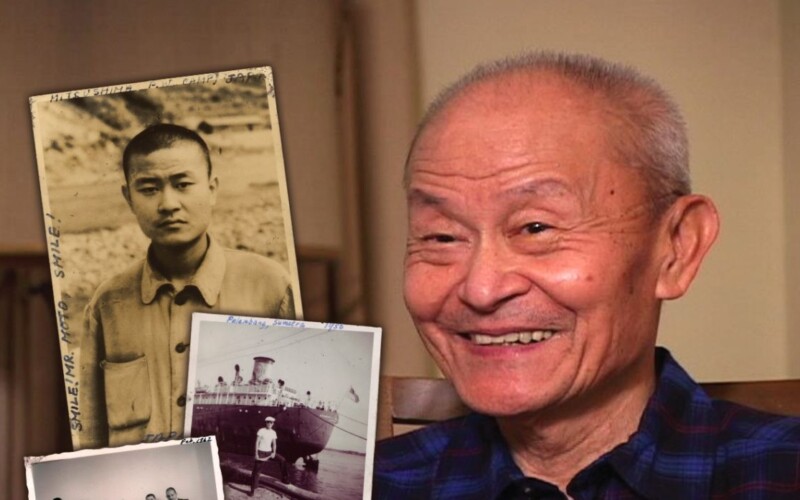We have experience hosting a range of audiences, from college classes to birthday parties to company outings, and we customize our tours to meet your group’s interests and needs.
Book a private tour today
After a two-year hiatus, Fleet Week New York is back! So to mark the day that units arrive in New York for the celebration, we will be looking at some of the …
Read more
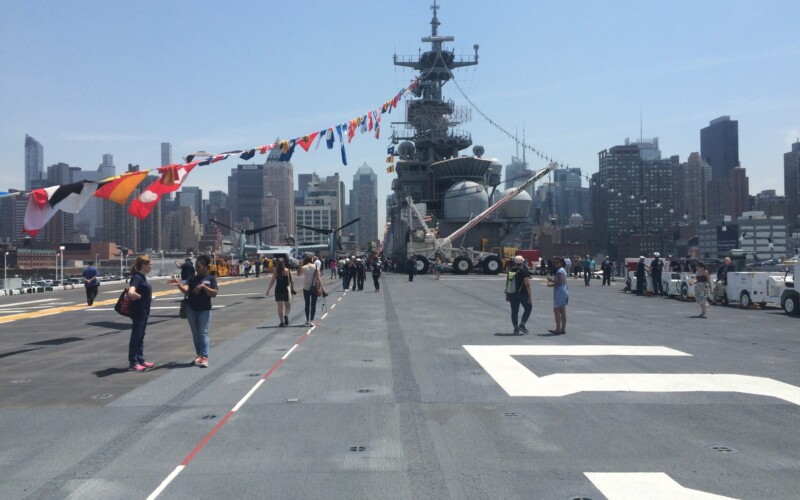
Waterfront workers were at the vanguard of the labor movement; the word “strike” has its origins in work stoppages on the London docks in 1768, when sailors “struck” the sails …
Read more
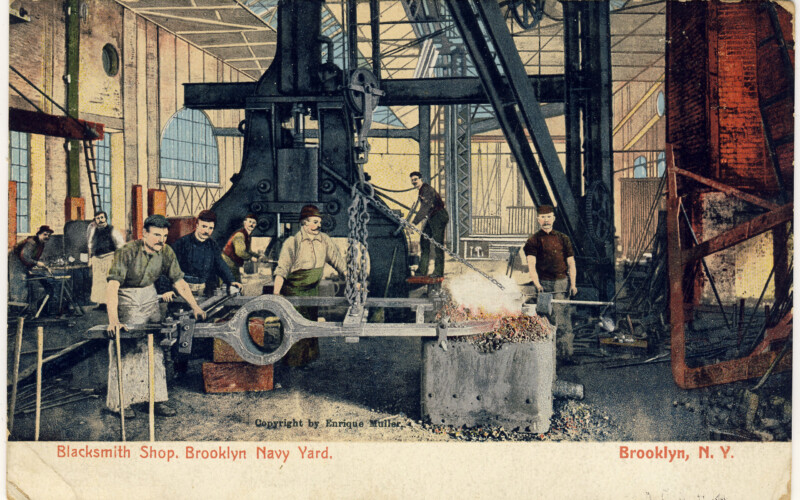
The history and legacy of the Second World War can be seen all around us in Brooklyn. Once home to hundreds of factories, shipyards, and warehouses, and responsible for sending …
Read more
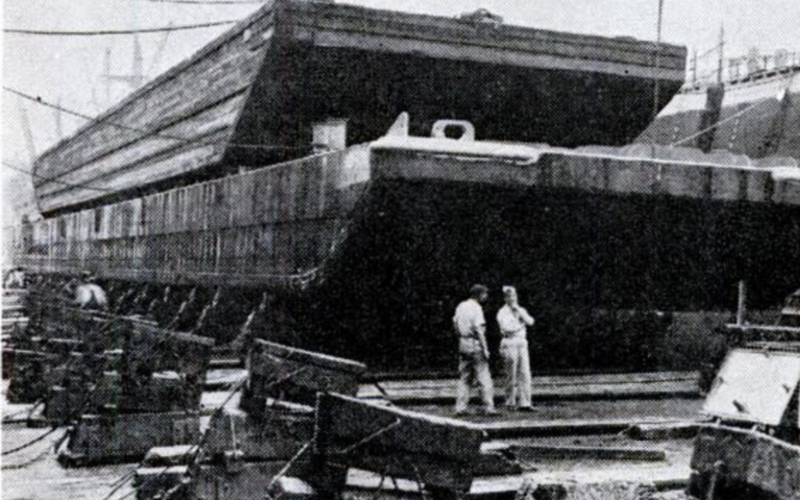
Celebrate Valentine’s Day as we share some of our favorite love stories from history from the places that we work. We will share long-distance love letters from World War II, …
Read more
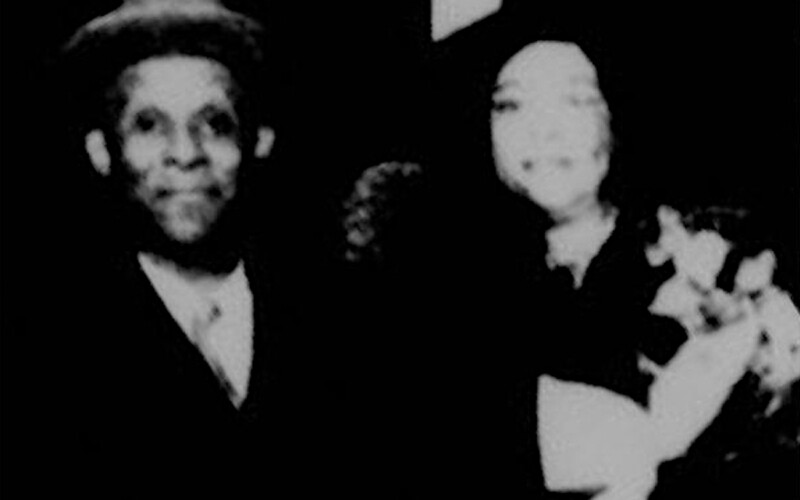
Concrete is the world’s most ubiquitous building material, and many important milestones of its development took place in Brooklyn. In this virtual program, we will examine concrete’s history, production, and …
Read more
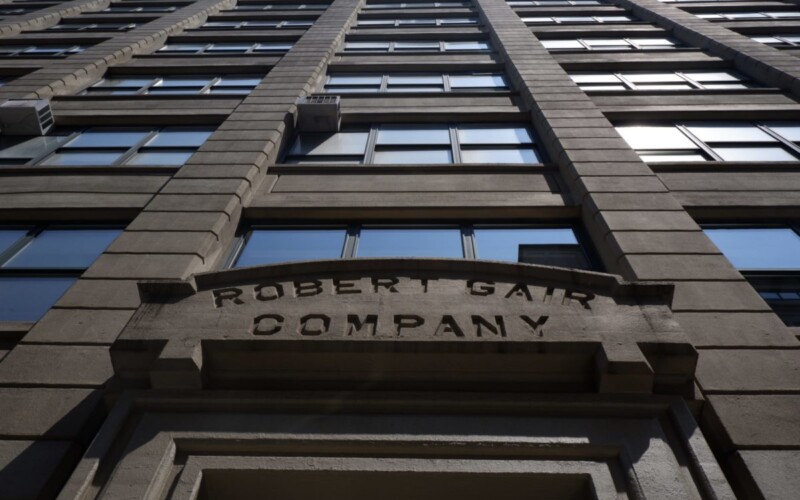
To mark the 80th anniversary since the attack on Pearl Harbor, this virtual program will examine the connections between the fleet in Hawaii in 1941 and the Brooklyn Navy Yard. …
Read more
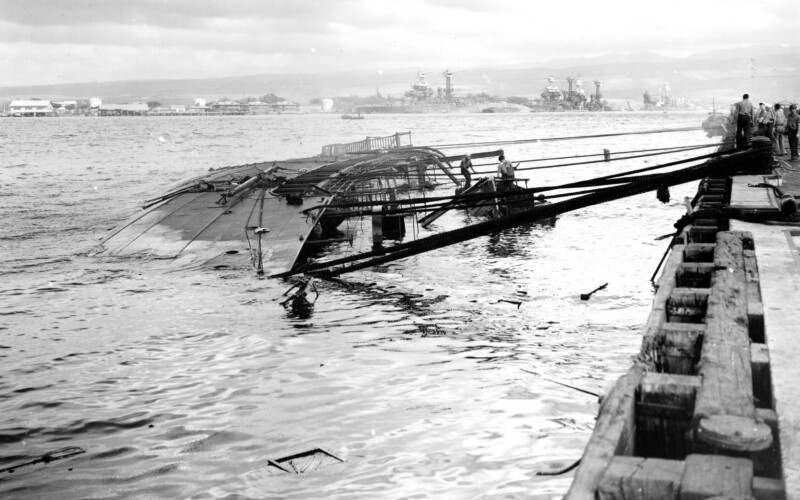
On Thanksgiving, we’re looking back at an unsung hero of the holiday during World War II, a merchant ship called SS Great Republic.
Read more
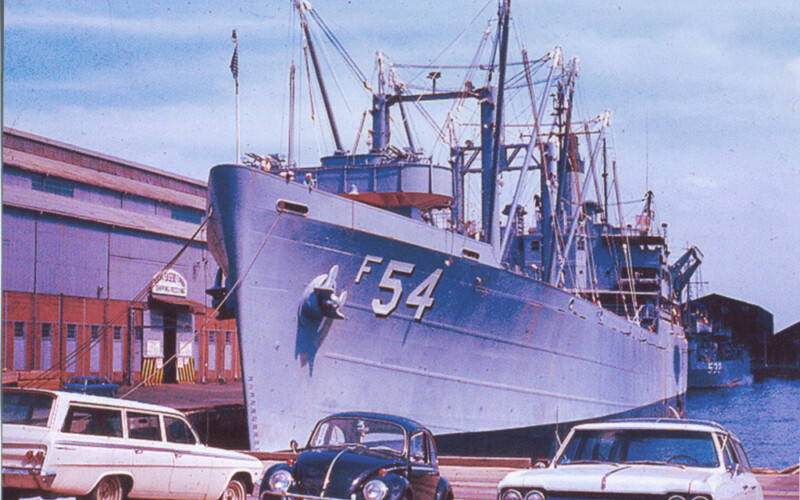
Celebrate Navy Day with a discussion of one of the least-known units of World War II, the Navy Armed Guard. Serving in the U-boat-infested waters of the Atlantic, these sailors …
Read more
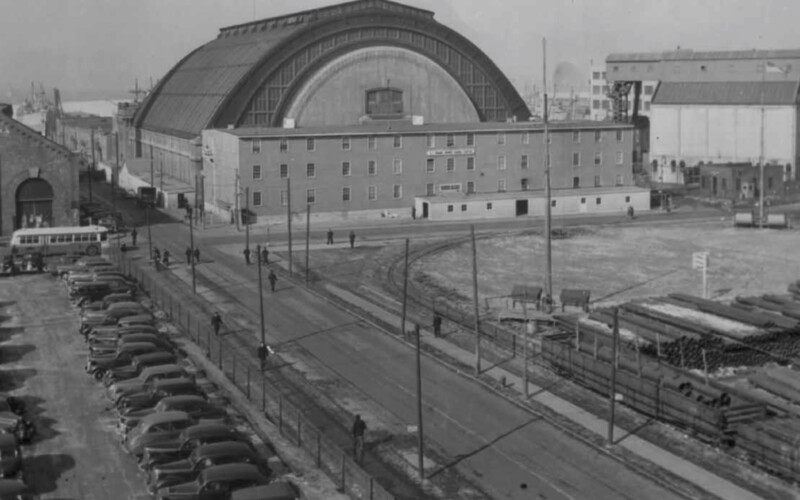
At the dawn of the nineteenth century, the US Navy established six naval shipyards to build, repair, and outfit the fleet. From the “original six”—Boston, Brooklyn, Philadelphia, Portsmouth, Norfolk, and …
Read more
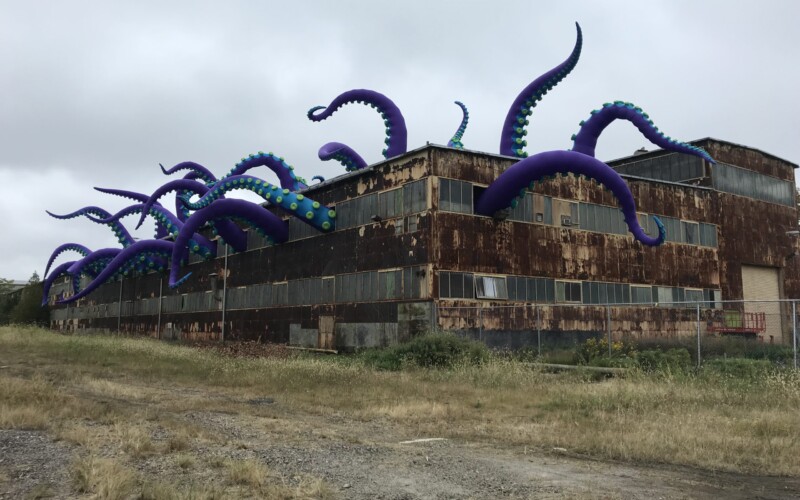
Concrete may seem like an odd material for shipbuilding, but during World War I, severe shortages of steel led to this innovation. Devised by Norwegian immigrants the Fougner brothers, they …
Read more
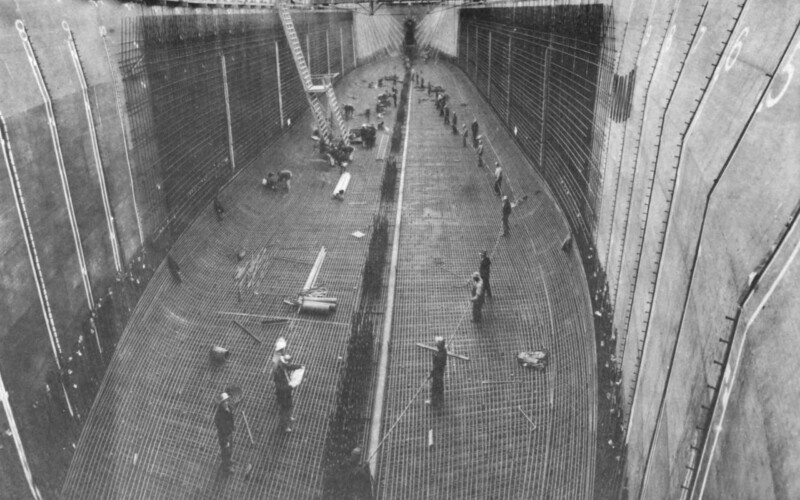
Behind the gates of the Brooklyn Navy Yard lies a network of streets that are a mystery to most New Yorkers. Named for naval heroes, shipyard operations, and even a …
Read more
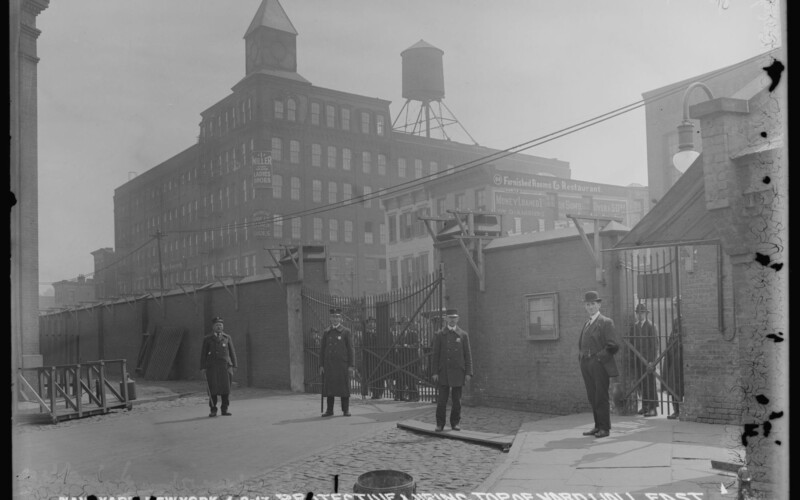
As we approach New York City’s primary elections on June 22, housing, as always, is a key issue on the ballot. So we are looking back at the history of …
Read more
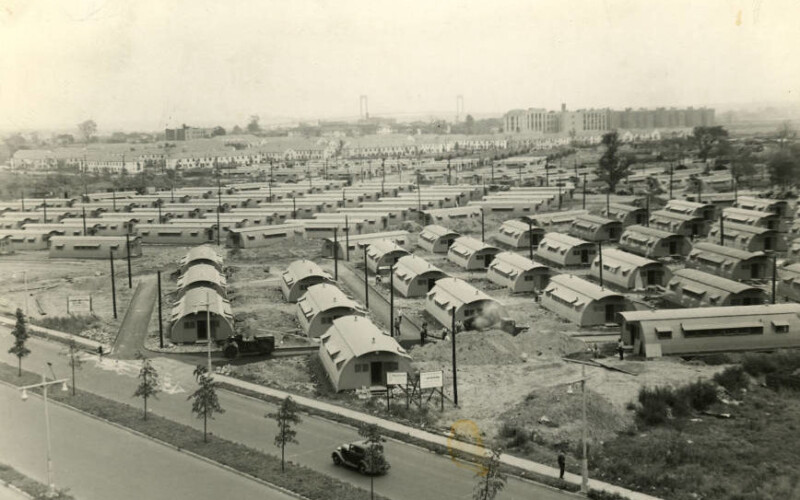
Completed in 1919, the Brooklyn Army Terminal is a marvel of architecture and engineering. On this virtual tour, we will examine its design and construction during World War I, its …
Read more
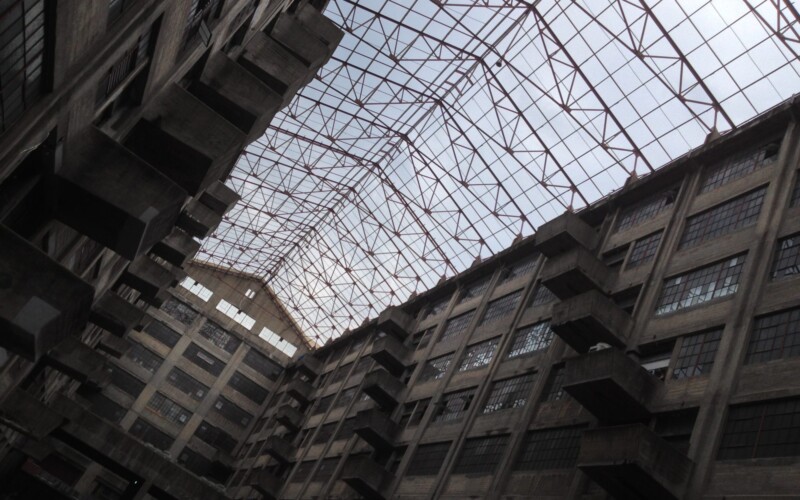
Maps hold the power to organize and explain the world beyond what we can observe with our own eyes, making them extremely powerful political tools. Maps that express a geopolitical …
Read more
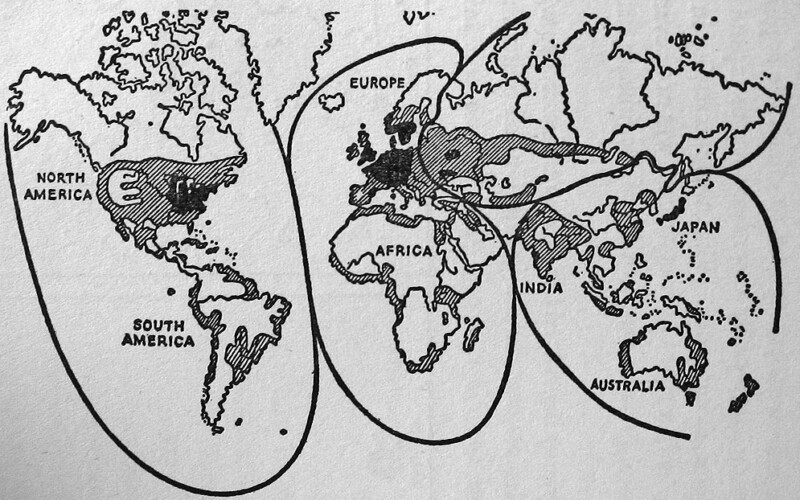
Food manufacturing has been a cornerstone of Brooklyn’s manufacturing economy for 150 years. Not only was the borough was home to some of the largest chocolate and confectionary makers in …
Read more
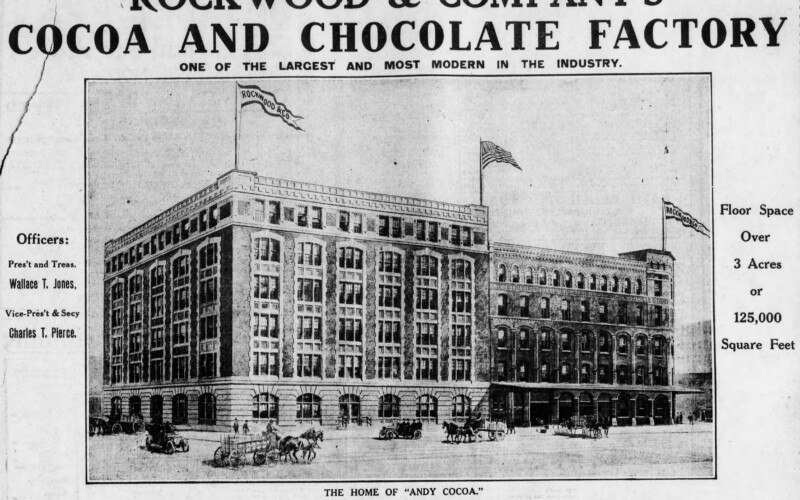
The celebrate Black History Month and the 220th birthday at the Brooklyn Navy Yard, we are looking at the obstacles and opportunities that Black people encountered at the Brooklyn Navy …
Read more
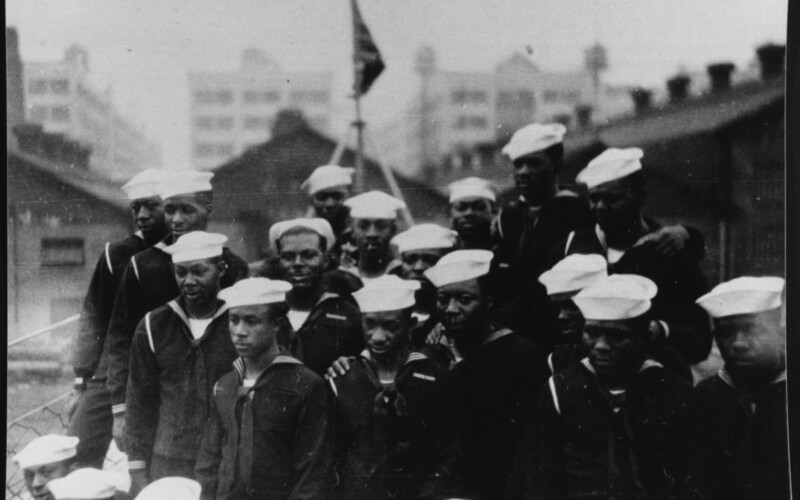
On the eve of Veterans Day, join us as we explore Brooklyn’s homefront during World War II through the experiences of those who worked at the Brooklyn Navy Yard. Center …
Read more
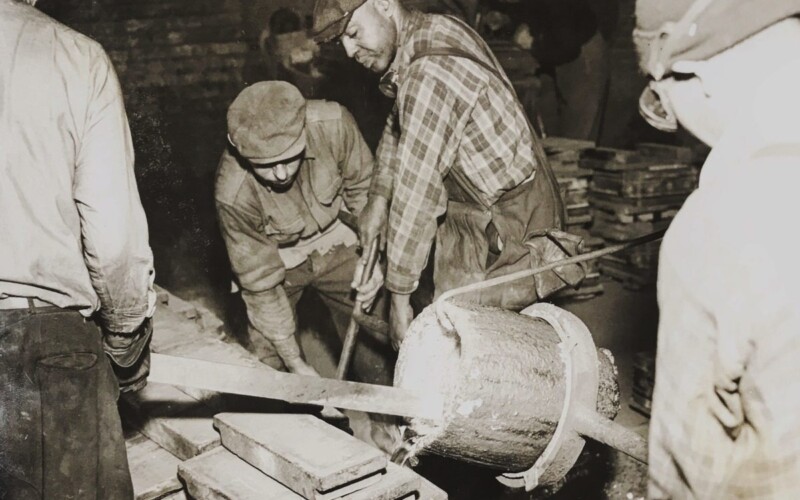
Chinese-American filmmaker Theresa Loong knew little about her father’s past. One day, she found his secret diary, written when he was a POW in a Japanese work camp during World …
Read more
